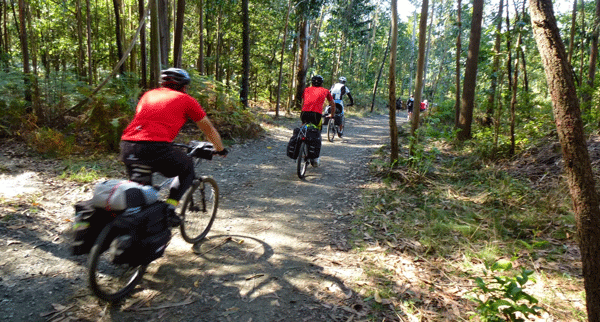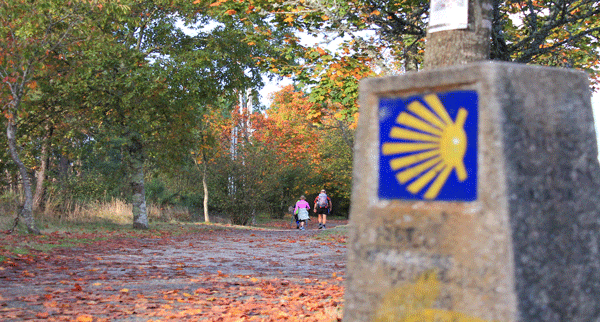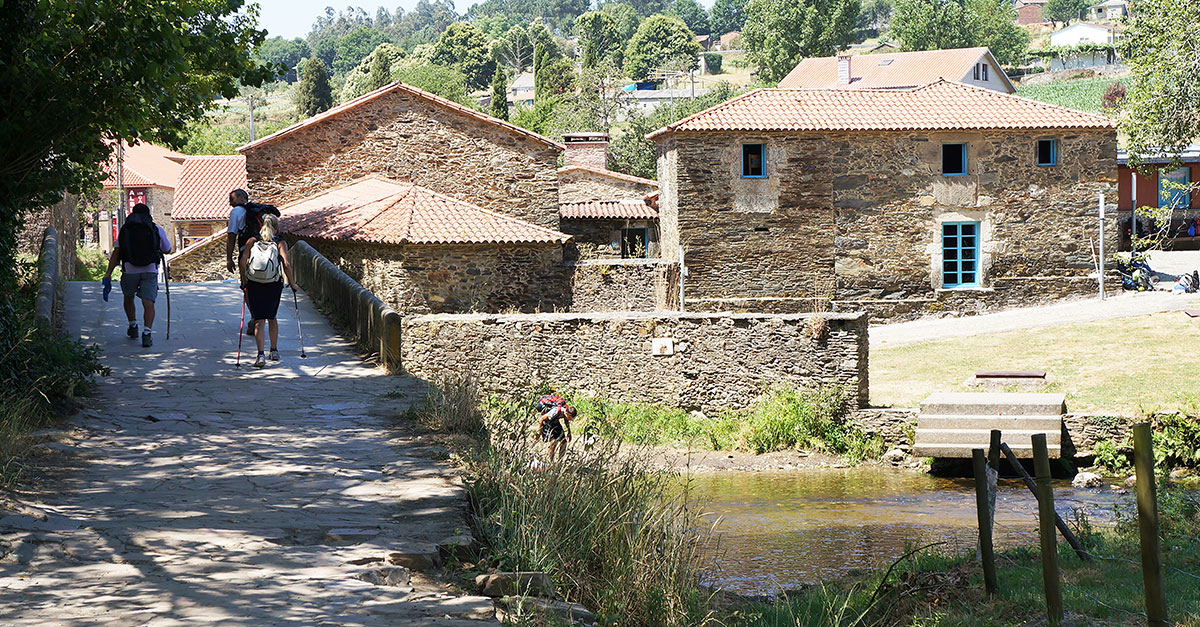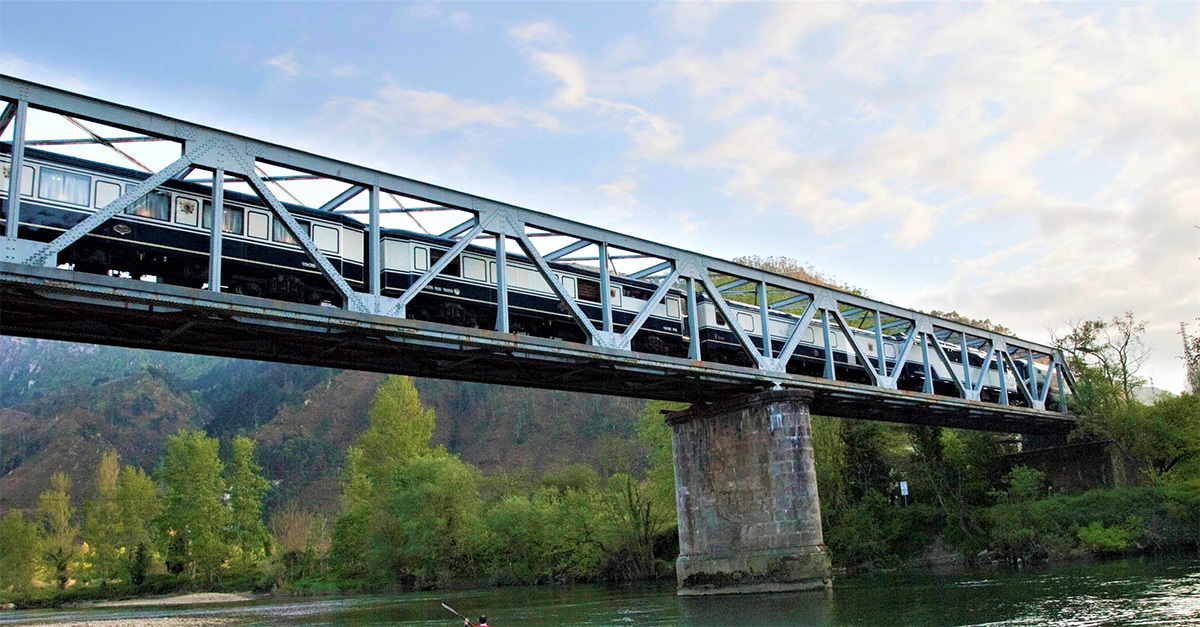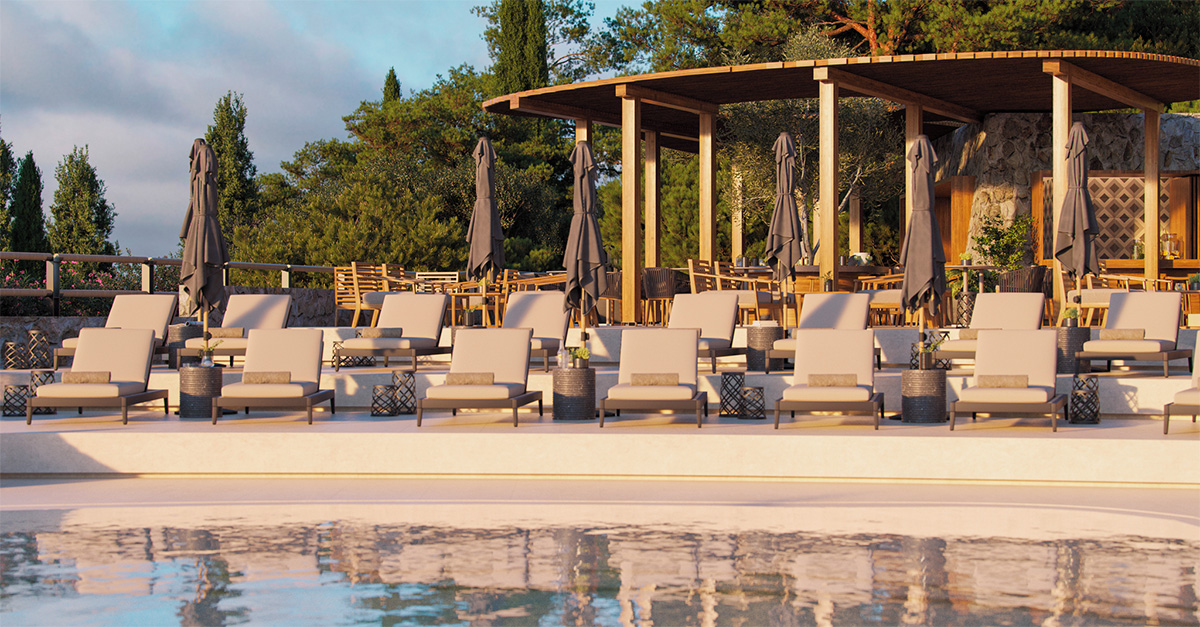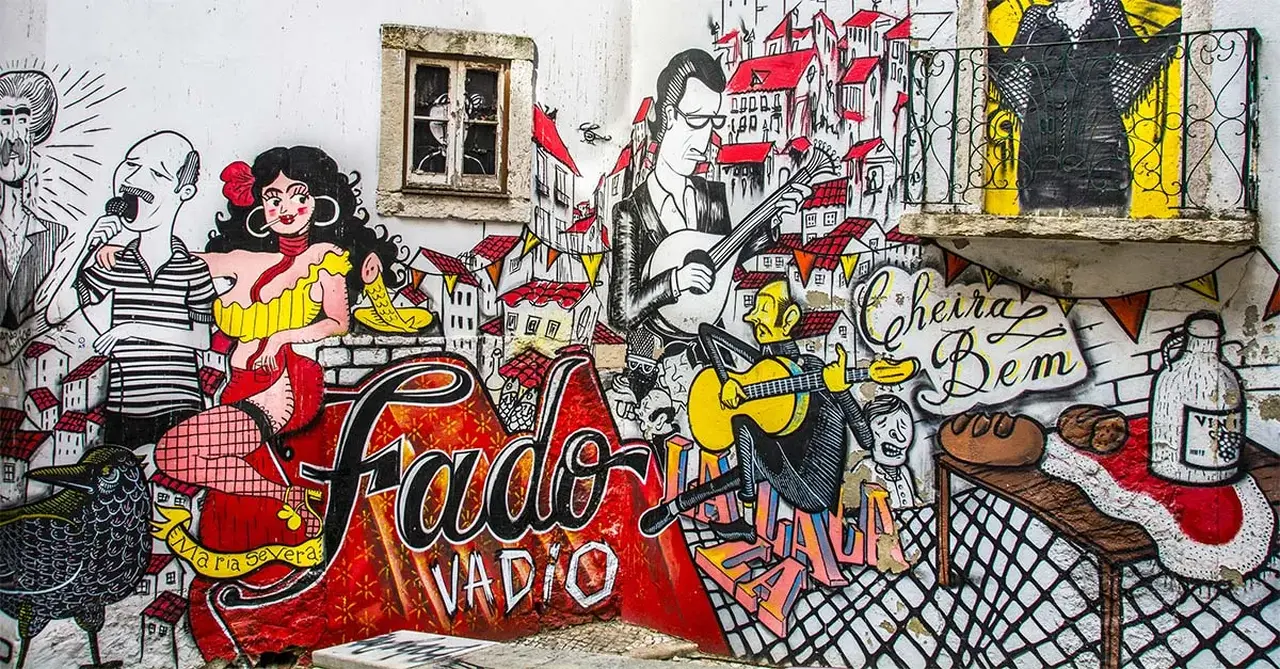You are viewing 1 of your 2 free articles
What to expect on the Camino de Santiago
The Camino de Santiago draws travellers from around the world to its pilgrimage routes. Laura French took on the network’s final leg.
Click here to download and save as a PDF.
“The Camino is kind of like life – when you start it’s like you’re young. You don’t really know what it’s going to be like, who you’re going to meet or how to make your way. But then you get into a routine. There are good days and bad days, but you know what your goal is and every day, you move closer towards it.”
Those were the words of Darius, a 25-year-old from Denmark I’d got talking to while on the Camino, who’d embarked on this ancient pilgrimage route to “think about life and what to do next”. Deep, yes – but deserved.
He was walking the full Camino Frances, a 485-mile route from Saint-Jean-Pied-De-Port in the French Pyrenees to Santiago de Compostela in Spain, the famous end point. He’d been averaging 17 miles a day for the past month, carrying all his belongings in a backpack and staying at albergues (hostels) along the way for €5 a night.

My efforts paled in comparison. I was walking 70 miles over five days, taking on the final stage of the same route from the Galician town of Sarria to Santiago on a self-guided, fully arranged trip with CaminoWays. I was staying in stone-built casas rurales with luggage transfers, private rooms and roaring fireplaces at every stop, and all without a bed bug in sight. Yet I still got what he meant.
“The Camino feels like its own little world”
The Camino feels like its own little world, a life in miniature where you find your groove, make your friends and carve your path, meeting people from all over the world and learning more about yourself thanks to that rarest of luxuries – time.
Looking back
Of course, having time to reflect is really what the Camino has always been about. Pilgrims have been making this long, at times perilous, journey to Santiago since the ninth century, walking hundreds of miles to pay homage to the Apostle St James, whose remains are said to have been found in Galicia and transported to the city, where the cathedral was built in his honour.
By the 12th and 13th centuries, up to 250,000 pilgrims were making the voyage every year, flocking from all corners of Europe and marking out a network of routes that have since been termed according to their origins – the French Way, the Portuguese Way and the English Way, among them. Some came out of choice, others as penance for sins.

Not everyone these days is here for religious reasons of course – in fact, many of those I met weren’t. Among the people I spoke to were solo travellers on gap years and couples celebrating retirement, tour groups on holiday and Spanish families on staycation, hailing from all parts of the world (the UK, Germany, Brazil, Argentina, the US and Australia, to name but a few) with one thing in common – a desire to escape the daily noise and, whether for five days or five weeks, take a bit of time out.
The Simple Life
That’s exactly what I was doing – and it was blissful. Walking an average of 14 miles a day, I fell into a carefree routine that quickly became the norm. I’d set off at 9am and reach my next guesthouse by 4pm, striking up conversations along the way as I drifted past tumbling hills and crumbling farmhouses, Romanesque churches and stone-built hamlets, without a worry in the world beyond what to eat and where.
“I’d set off at 9am and reach my next guesthouse by 4pm”
Some parts were more scenic than others. Much of Galicia wouldn’t look out of place in England with its rolling hills and verdant fields, and the weather wasn’t dissimilar either, with several downpours when I was there out of season – but it gave me a glimpse into rural Spain that most tourists to the country never see.
I passed lively market towns such as Melide, famous for its octopus and lined with pulperias serving huge, purple-tentacled plates of it; and stayed in quaint rural cities such as Arzúa, known for its halloumi-like cheese. Other stops included Palas de Rei, where I veered off the track to visit the Iglesia de San Salvador de Vilar de Donas, a 14th-century monastery where knights were buried and pilgrims used to sleep.
Then there was Portomarin, whose historic old town was relocated stone by stone in the 1960s after it was flooded by the river Miño to make way for a dam. And at every stop there was a palpable sense of life, with pellegrinos (pilgrims) sharing stories in guesthouses and bars, and hosts bidding guests ‘buen Camino’ as we set off each morning.

Santiago de Compostela
But it was Santiago de Compostela that impressed the most. It’s hard to imagine how pilgrims must have felt upon arriving here all those years ago, the elaborate spires of the cathedral towering above them, marking the final destination on a 500-mile-plus journey that carried with it a fair few more perils than I’d experienced on my five-day jaunt.
“I felt an undeniable sense of achievement at having made it this far”
Still, I felt an undeniable sense of achievement at having made it this far – alongside a feeling of my own insignificance as I stood beneath this huge, indomitable edifice. But most of all I felt that ongoing sense of community and connection. Whether they’d come 500 miles or 50, just-arrived pilgrims scattered across main square Praza do Obradoiro, celebrating as if they were all part of the same, extended family. And that, for me, was the real draw of the whole thing.
There aren’t many situations where it’s normal to strike up a conversation with a complete stranger in the middle of nowhere. But on the Camino, it’s all part and parcel, harking back to a feeling of community that has long been at its heart – while giving travellers from all walks of life a chance to reflect, to think and to grow in a way that embodies its beginnings more than a thousand years ago.

PICTURES: CaminoWays; Esther Taboada
Book it
CaminoWays offers self-guided walks and group tours along several Camino routes. A seven-day self-guided trek along the final section of the Camino Frances costs from €525 per person, including basic accommodation, some dinners, luggage transfers, trip notes and 24/7 support if required.
Accommodation upgrades to casas rurales and superior stays are also available, while extra stops can be added for those wanting to take things a little slower.
caminoways.com
Top tip
There are seven main Camino routes, with the Camino Frances and Camino Portugues the most popular. Some stretches get busy, especially in summer, so recommend the shoulder months or an alternative route for those seeking a quieter walk.
Read more
x.travelweekly.co.uk/articles/379047/eight-of-the-best-alternative-adventure-holidays">Eight of the best alternative adventure holidays
x.travelweekly.co.uk/articles/355066/visit-valencia-during-las-fallas-festival">Visit Valencia during Las Fallas festival
x.travelweekly.co.uk/articles/340896/off-season-escapes-to-see-the-authentic-side-of-majorica">Off-season escapes to see the authentic side of Majorca

